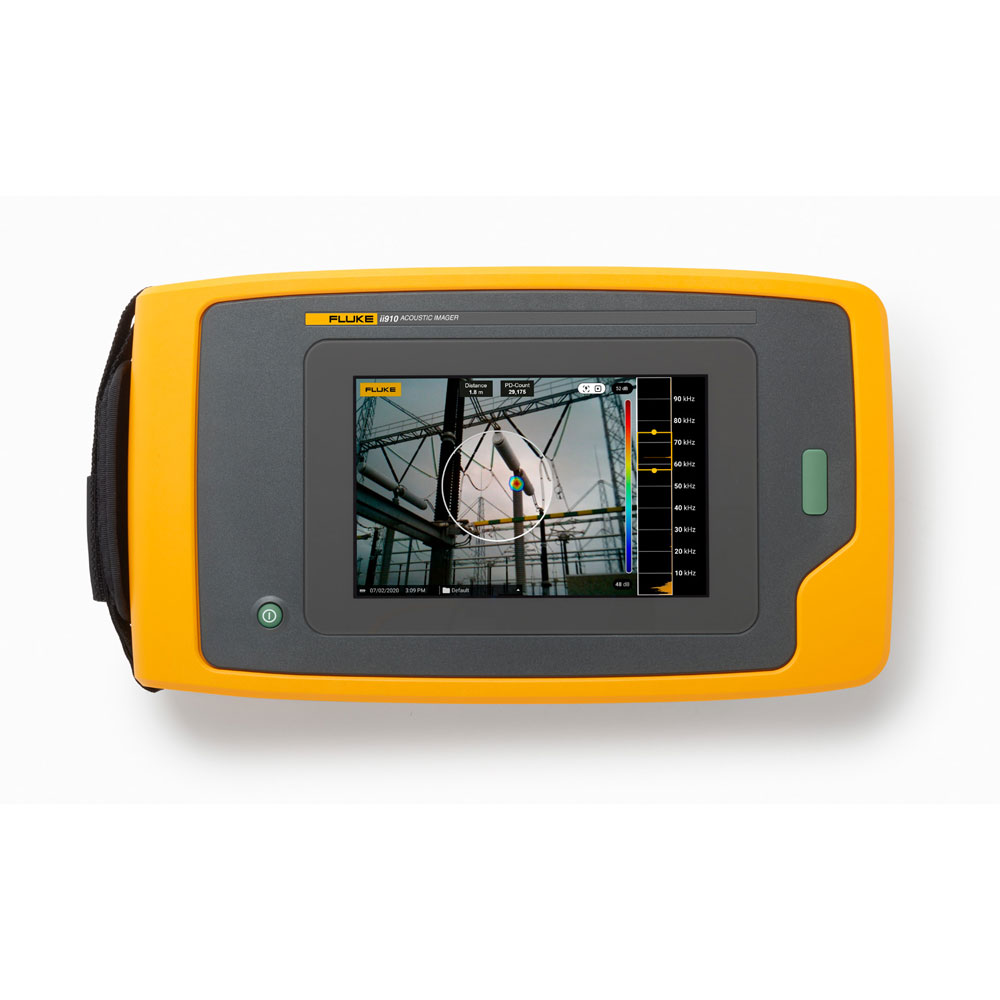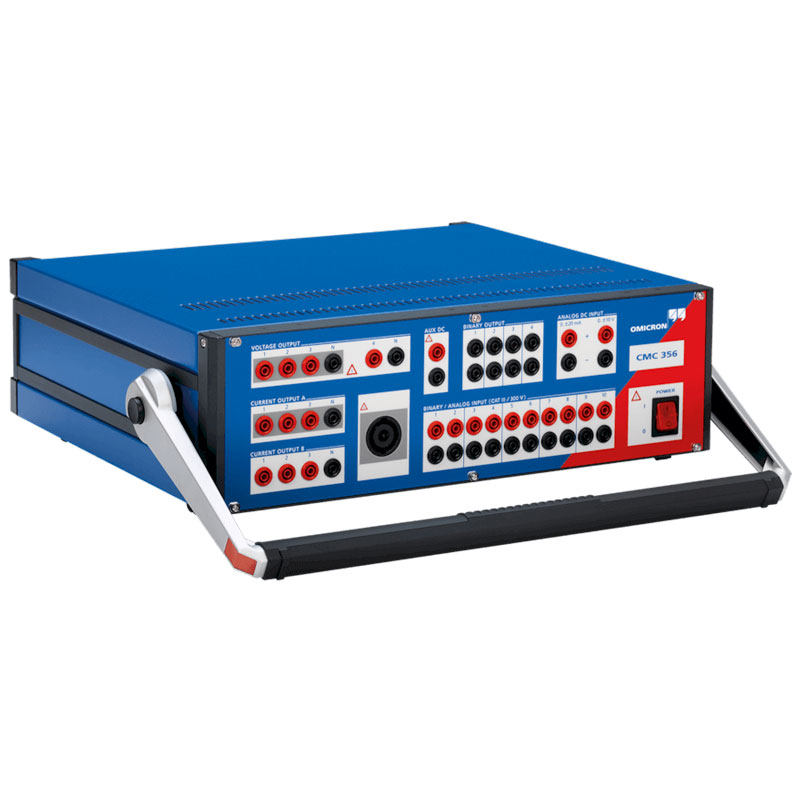We use cookies to make your experience better. To comply with the new e-Privacy directive, we need to ask for your consent to set the cookies. Learn more.
This program focuses on two fundamental reading skills: understanding and remembering. The first chapters aid in understanding by working to build a student's vocabulary and equip them with the strategies to decipher new words they may come across. These chapters work through word parts such as compound words; prefixes, suffixes, and roots; synonyms, antonyms, and contextual clues; and dictionary skills, including finding an entry and understanding the definition. The second half of the book builds comprehension through sharing useful approaches for reading. The first of these chapters works with students in identifying the main ideas and drawing conclusions from a paragraph as well as introducing different structures used in writing such as compare and contrast, cause and effect, and sequence. Other chapters offer additional reading tactics such as scanning to find information quickly, recognizing fact and opinion, identifying the author's purpose and their writing style, and tools for remembering important material such as underlining and summarizing. Each lesson in the handbook is taught through short, helpful explanations of every topic, supporting examples, and related practice exercises following each new concept. The teacher's guide offers ideas for additional classroom activities, teaching tips for lessons, and suggestions for presenting the material in different ways or using different activities to accommodate different learning styles and personalities. In addition, it contains the answers to the activities in the student book and helpful graphic organizers for students to use in conjunction with the activities. The student book can be used without the other pieces of the program; however, if you're looking for more depth in terms of additional practice, you will find the other components helpful. The student workbook provides 100 reinforcement activities based on the lessons in the student book and includes an answer key. The test pack holds 9 tests, including a pretest and post-test besides a test for each unit covered in the book. Questions are short-answer, essay, and multiple-choice, with the answers held in the back of the book. ~ Steph














